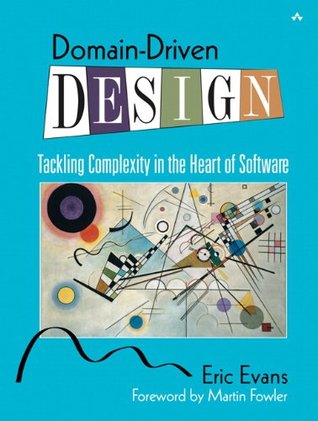More on this book
Community
Kindle Notes & Highlights
by
Evans Eric
Started reading
July 28, 2025
This deeper view of the shipping business did not lead to the removal of the Itinerary object, but the model changed profoundly. Our view of shipping changed from moving containers from place to place, to transferring responsibility for cargo from entity to entity. Features for handling these transfers of responsibility were no longer awkwardly attached to loading operations, but were supported by a model that came out of an understanding of the significant relationship between those operations and those responsibilities.
Play with the model as you talk about the system. Describe scenarios out loud using the elements and interactions of the model, combining concepts in ways allowed by the model. Find easier ways to say what you need to say, and then take those new ideas back down to the diagrams and code.
If sophisticated domain experts don’t understand the model, there is something wrong with the model.
Projects that have no domain model at all, but just write code to fulfill one function after another, gain few of the advantages of knowledge crunching and communication discussed in the previous two chapters. A complex domain will swamp them.


